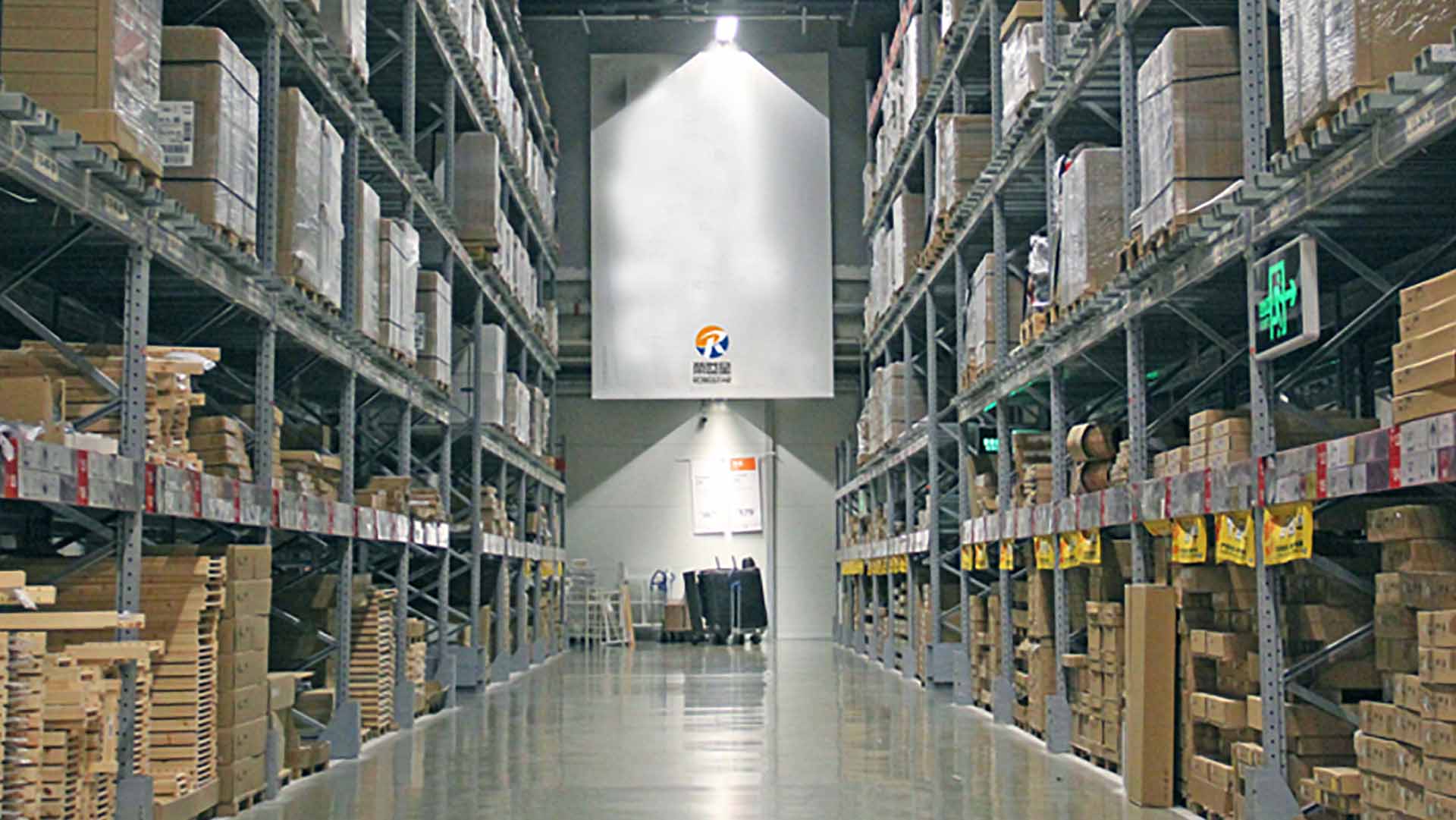
The inverter converts direct current energy (battery, battery) into alternating current (generally 220v50HZ sine or square wave). Generally speaking, the inverter is a device that converts direct current (DC) into alternating current (AC). It consists of inverter bridge, control logic and filter circuit.
Widely used in air conditioning, home theater, electric grinding wheel, power tools, sewing machine, DVD, VCD, computer, TV, washing machine, range hood, refrigerator, video recorder, massager, fan, lighting and so on.
Simply put, an inverter is an electronic device that converts low-voltage (12 or 24 volts or 48 volts) direct current into 220 volts alternating current. Because we usually use 220 volts AC rectifier into direct current, and the role of the inverter is the opposite, so the name. We are in the era of "mobile", mobile office, mobile communication, mobile leisure and entertainment. In the mobile state, people not only need the low-voltage direct current supplied by the battery or battery, but also need the 220 volt alternating current that is indispensable in our daily environment, and the inverter can meet our needs.
The inverter is a DC to AC transformer, which is actually a voltage inverter process with the converter. The converter converts the AC voltage of the power grid into a stable 12V DC output, while the inverter converts the 12V DC voltage output by the Adapter into high-frequency high-voltage AC. Both parts also use the more widely used pulse width modulation (PWM) technology. The core part is a PWM integrated controller, the Adapter uses UC3842, and the inverter uses TL5001 chip. The operating voltage range of TL5001 is 3.6~40V, which is equipped with an error amplifier, a regulator, an oscillator, a PWM generator with dead zone control, low voltage protection circuit and short circuit protection circuit.
Input interface part: The input part has 3 signals, 12V DC input VIN, working enable voltage ENB and Panel current control signal DIM. The VIN is provided by the Adapter, the ENB voltage is provided by the MCU on the motherboard, and its value is 0 or 3V. When ENB=0, the inverter does not work, and when ENB=3V, the inverter is in normal working state. The DIM voltage is provided by the motherboard, and its variation range is between 0 and 5V, the different DIM values are fed back to the PWM controller feedback terminal, the current provided by the inverter to the load will also be different, the smaller the DIM value, the larger the inverter output current.
Voltage starting loop :ENB is high voltage, and the inverter (Figure 2) outputs high voltage to light the Panel's backlight tube.
PWM controller: consists of the following functions: internal reference voltage, error amplifier, oscillator and PWM, overvoltage protection, undervoltage protection, short circuit protection, output transistor.
Dc conversion: The MOS switch tube and the energy storage inductor are composed of voltage conversion circuit, and the input pulse is amplified by the push-pull amplifier to drive the MOS tube to do switching action, so that the DC voltage charges and discharges the inductor, so that the other end of the inductor can get AC voltage.
LC oscillation and output loop: Ensure the lamp to start the required 1600V voltage, and after the lamp to start the voltage down to 800V.
Output voltage feedback: When the load is working, the feedback sampling voltage plays a role in stabilizing the voltage output of the I inverter.


 At Rongstar Energy we are proud to play an important part in the global solar energy development. We have years-long experience in the distribution and supply chain of solar panels, inverters, energy storage systems, mounting structures, cables and other components for photovoltaics. Utilizing the strength of our parent company - DJS Group, we have more advantages in global sourcing, supply chain,localized warehousing, technical service for global customers.Our company has much experience in solar projects EPC,O&M and solar plants investment. Our expertise are both globally and locally, means we understand the breadth of challenges that solar installers face, from which we can help save the customers’ time and money.
At Rongstar Energy we are proud to play an important part in the global solar energy development. We have years-long experience in the distribution and supply chain of solar panels, inverters, energy storage systems, mounting structures, cables and other components for photovoltaics. Utilizing the strength of our parent company - DJS Group, we have more advantages in global sourcing, supply chain,localized warehousing, technical service for global customers.Our company has much experience in solar projects EPC,O&M and solar plants investment. Our expertise are both globally and locally, means we understand the breadth of challenges that solar installers face, from which we can help save the customers’ time and money.